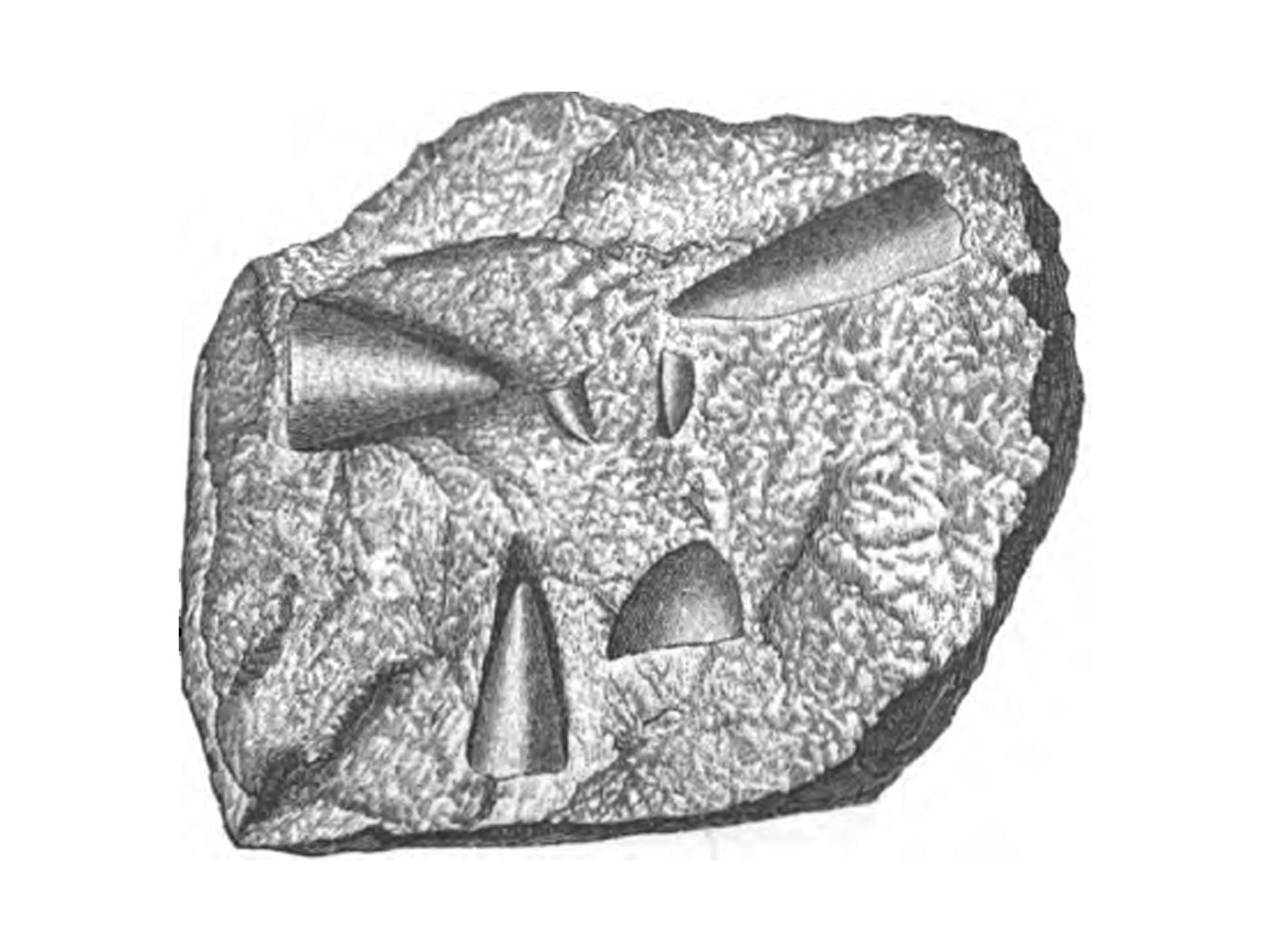Evolutionists continue to contend that genetic studies have proved humans and chimpanzees share a common ancestor. But many people don’t realize the current chimpanzee genome has not been constructed on its own merits.1 When genomes (a complete set of chromosomes for a given creature) are sequenced, the initial DNA is obtained in very small pieces and then assembled—essentially “stitched” together—with the aid of a computer. The DNA sequence assembly process can be a very difficult endeavor, especially if it’s a new genome from a creature that hasn’t been previously sequenced and lacks a good genetic framework to help guide the process.
Over the past 20 years, a variety of different chemistries produced individual DNA sequences, called reads, of about 100 to 1,500 bases in length. Considering the chimpanzee genome is about three billion bases in length, it’s a daunting task to assemble these short reads into contiguous regions that represent large sections of chromosomes. The task is even more formidable when funding is limited and a good genetic framework is unavailable, as was the case for the chimpanzee genome project.
Given a lack of resources and a strong evolutionary bias that humans evolved from a chimp-like ancestor, how do you suppose scientists assembled the chimpanzee DNA sequences? If you guessed they used the human genome as a guide, you’re absolutely correct.2 But there’s even more monkey business involved in producing the chimp genome.
DNA sequencing has greatly advanced over the years, and, as in any human endeavor, you have to make improvements to a process based on past mistakes. Not long ago, it became apparent that human DNA contamination from laboratory workers was making its way into many DNA sequencing projects. In a 2011 publication, researchers searched non-primate genomic databases and found that 28.5% of them contained significant levels of human DNA.3 In fact, it was discovered that large stretches of both the zebrafish and frog genomes were assembled solely from contaminating human DNA! And now, a new study in 2016 found even more evidence of widespread human DNA contamination in the genomes of many creatures found in public databases.4
A biased method of chimpanzee genome assembly combined with the potential of human DNA contamination may have produced a flawed chimp genome that would appear to be far more human-like than it actually is. Therefore, I recently completed and published a research project investigating this issue.5 My research involved the analysis of over 2.5 million raw chimpanzee DNA sequences from 101 different DNA sequencing data sets that I then compared to both the human genome and the current version of the chimp genome.
When comparing the chimp sequences to human, the analysis indicated that two distinct groups of data sets existed. Those completed early in the chimpanzee genome project—ones that contributed to the initial version and publication of the chimp genome—were considerably more similar to human than those produced later in the project by a difference of about 7% in overall data set similarity. Amazingly, the DNA sequences from later in the project also produced 6% fewer matches with the human genome. These results imply that early efforts in the chimp genome project contained higher levels of human DNA contamination during a period of time in which the contamination problem in genome sequencing projects wasn’t well recognized. Human DNA contamination would also contribute greatly to the assembly of a chimpanzee genome that was much more human-like.
An analysis of the seemingly less-contaminated data sets indicate that the chimpanzee DNA sequences are no more than 85% identical overall to human. When the chimpanzee DNA sequences that did not have matches with the human genome were compared to the chimpanzee genome, the matched regions were very short and full of unexplainable gaps. For the chimp DNA sequences that matched onto the chimp genome assembly, they were only 85% identical on average.
If the current chimpanzee genome were an accurate representation, these chimp DNA sequences should have been matching up on the chimp genome at a level of 99.9% similarity. These results clearly show that many regions of the chimp genome are mis-assembled and therefore can’t be used to support human evolution.
References
- Tomkins, J. P. 2011. How Genomes Are Sequenced and Why It Matters: Implications for Studies in Comparative Genomics of Humans and Chimpanzees. Answers Research Journal. 4: 81-88.
- The Chimpanzee Sequencing and Analysis Consortium. 2005. Initial sequence of the chimpanzee genome and comparison with the human genome. Nature. 437 (7055): 69-87.
- Longo, M. S., M. J. O’Neill, and R. J. O’Neill. 2011. Abundant Human DNA Contamination Identified in Non-Primate Genome Databases. PLOS One. 6 (2): e16410.
- Kryukov, K. and T. Imanishi. 2016. Human Contamination in Public Genome Assemblies. PLOS One. 11 (9): e0162424.
- Tomkins, J. P. 2016. Analysis of 101 Chimpanzee Trace Read Data Sets: Assessment of Their Overall Similarity to Human and Possible Contamination With Human DNA. Answers Research Journal. 9: 294-298.
*Dr. Tomkins is Director of Life Sciences at the Institute for Creation Research and earned his Ph.D. in genetics from Clemson University.














